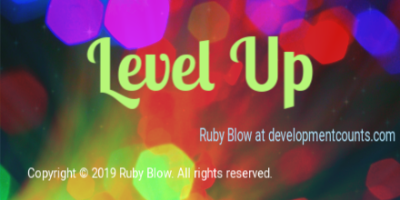Broken-Heartedness
How equipped are therapists to treat broken-heartedness?
Most graduate programs don’t teach about love or treating broken-hearted people. There is a course on Human Sexuality and when I taught this class there was one chapter in the textbook on love.
Yet many people start therapy of broken-heartedness. I’m defining a “broken heart” as a deep-seated feeling of disappointment, hurt or loss. It typically starts when a person is disappointed or let down by either their expectations of romantic love or by their expectations of another person in the context of a romantic love relationship.
We are relational beings. We are also very resilient. Yet the client who presents with symptoms of depression or anxiety as a result of a “break up” or a divorce is typically at the edge of their ability to cope.
A Treatment Plan
So how should we address treating the broken-hearted? What are our treatment goals? This is how I describe the first aid we most often administer-
- We screen for specific diagnosis associated with their symptoms.
- We refer and consult if medication is deemed necessary.
- We also set our focus on learning the client’s thoughts that fuel the feelings of hurt, rejection, shame, rage etc…
- Next we prepare ourselves and our clients for the almost inevitable “back and forth,” between themselves and the person with whom they had a romantic love relationship.
- We make attempts (sometimes successfully) to withhold our personal opinions.
- We must be present for and sit with the emotional pain that the client is experiencing.
- We recommend books to read; suggest writing in journals; and various forms of cultivating introspection.
Existential Questions
I think the most common painful questions and concerns clients express include:
- What is wrong with me?
- Will anyone every truly love me?
- Will I always be alone? (Or some variation of a fear of always being alone.)
- It’s not fair, I’ve been good…what did I do to deserve this?
Where do we get the idea that the ending of a relationships equals a diminished self worth? The “happily-ever-after narrative” is deeply rooted in our stories, our collective mythology, perhaps even our religious beliefs and the larger society. An important element of the therapist’s role when treating broken-heartedeness is finding out as much as we can about that client’s personal story. What is the story that they are telling themselves about what it all means?
Personal Growth
The truth is romantic love offers us an opportunity for tremendous personal growth. We are challenged to learn the following:
- patience,
- boundaries,
- compromise,
- acceptance,
- forgiveness,
- grace,
- responsibility,
- selflessness, and
- commitment…to name a few.
A Commitment to One’s Self
I recently spoke with a dear friend about a concept we have been discussing for years…a union with one’s self. The concept involves not only loving oneself which means liking who you are (enough to not abandon yourself), and understanding your worth (worthiness), and the value you hold for your self as well as what that might mean for others.
It also includes the concept of being truly committed to yourself. Building a relationship with you where you are experiencing yourself as already whole. The story we are told frequently is that romantic loves “saves you” and “completes you.” This puts a tremendous amount of pressure on our partners and ourselves.
I think we should support people in a truly loving partnership with themselves. Where they don’t abandon themselves, their identity, their wants, and/or their needs to someone else: A relationship that doesn’t involve waiting for someone else to affirm their worth.
We need to help them bring their whole self to a relationship. That process doesn’t guarantee an everlasting romantic love relationship. But it does assure survival.
Our clients will always have a relationship with themselves. A self that they will hopefully like, love, protect, and accept just as they are now. Not when someone else accepts them.
The Missing Piece Meets the Big O
A great example of this concept is illustrated in the Shel Silverstein book “The Missing Piece Meets the Big O.” Check out this video presentation of the book The Missing Piece- Dramatized Children’s Book by Shel Silverstein
Copyright © 2016 Ruby Blow. All rights reserved.
Share your thoughts on Linkedin, Facebook, Twitter





